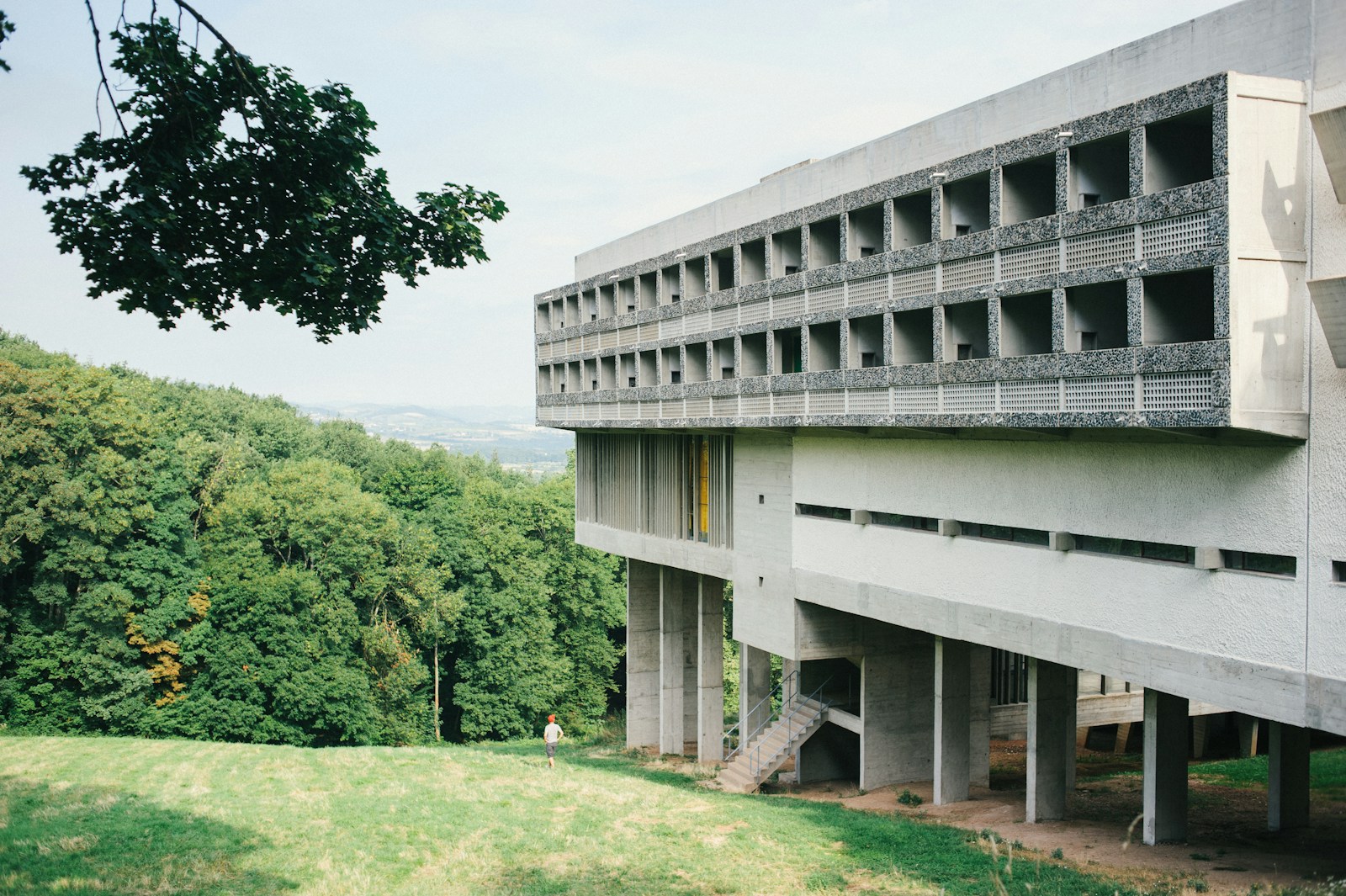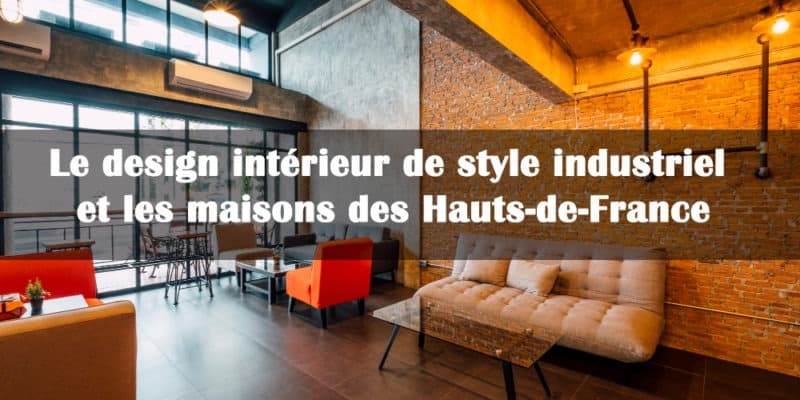The raw charm of industrial style has long been a favorite among those looking to add distinctive character to their interior design. In Nord-Pas-de-Calais, this trend blends perfectly with the region’s industrial history and cultural heritage. Local design elements can transform your home into a unique and personal space. A telling example of this successful integration is the B Marly Fabrik sofa found here at Meubles Mercier, illustrating how a piece of furniture can embody both comfort and originality.
The marriage of industrial design and historic spaces
The Nord Pas-de-Calais region, with its rich industrial past, offers a variety of settings, from traditional Flemish houses in Arras to contemporary lofts in Lille, Roubaix and Tourcoing. These locations lend themselves ideally to the integration of furniture that fuses industrial heritage with functional modernity (the Villa Cavrois, a model of modernity frozen in time, springs to mind). Brands such as Fama, Satis, Girardeau and Primavera, known for their solidity and distinctive style, easily find their place in these spaces, creating a subtle link between the region’s industrial history and contemporary demands for comfort and aesthetics. The addition of iconic pieces, such as Gras lamps or chairs designed by iconic figures in industrial design, accentuates this fusion of old and new. These pieces of furniture don’t just fulfill a function; they enrich the space with their visual presence and history, contributing to a décor that is both practical and inspiring. For those who aspire to even greater personalization, the incorporation of one-of-a-kind or bespoke creations can complete the layout. Pieces made from reclaimed industrial materials can add a touch of authenticity and uniqueness, transforming the living space into a place that is both modern and steeped in history, where each piece of furniture tells a part of the region’s industrial history.

The industrial style is particularly marked by the contribution of Le Corbusier
Art Deco in Hauts-de-France: a continuing source of inspiration
Art Deco, which emerged during the “Roaring Twenties” after the First World War, represented a period of significant artistic and architectural renewal. In the Hauts-de-France region, this style is particularly well illustrated by an approach that combines rigorous geometry with sophisticated ornamentation. Towns such as Lens and Béthune are eloquent examples of this influence, with majestic buildings made of glazed brick, a material typical of the region.
This architectural style is distinguished by facades adorned with geometric motifs and clean lines, often complemented by touches of delicate ironwork and colorful stained glass, which together create an aesthetic that is both modern and timeless. In addition to architecture, Art Deco in Hauts-de-France is also evident in the decorative details of building interiors. Interiors from the Art Deco period are often marked by the bold use of ornate ceramics, elegant woodwork and worked metal fixtures, reflecting the era’s infatuation with innovation and luxury.
These elements can be wonderfully integrated into modern settings, adding a touch of elegance and a nostalgic reminder of a bygone era. Incorporating these motifs and materials into contemporary homes can help create unique spaces that combine modern comfort with historic charm.
Finally, Art Deco’s impact on the region is not limited to its architectural heritage or interior embellishments. The style has also inspired many local artists and designers, who continue to draw on its design principles to create contemporary works. Whether through respectful renovations that preserve the original character of buildings or through new creations inspired by the past, Art Deco remains a living, vibrant source of inspiration.
Efforts to maintain and revitalize this cultural heritage enable Hauts-de-France to retain a strong and distinctive visual identity, while enhancing regional history and enriching the local cultural fabric.
To conclude our subject: Some great figures of industrial style
Incorporating regional design into your home decor isn’t just a matter of style, it’s also a way of connecting with your region’s history and culture. Whether through an industrial-style sofa or other Art Deco-inspired pieces, every design choice can help create a space that speaks to both the past and the future. But to conclude our exploration of industrial style, it’s essential to pay tribute to some of the key figures who shaped this movement. Industrial style, known for its raw, unpolished approach to interior design and decoration, has its roots in the industrial era, but has been beautifully reinterpreted by contemporary designers. Among its emblematic figures, Jean Prouvé is undeniably a pillar.
A French architect and designer, Prouvé integrated industrial production techniques to create furniture that combines functionality and aesthetics. His creations, such as folded metal chairs and tables, are famous for their robustness and simplicity, perfectly embodying the spirit of industrial design.
Another notable figure is Charlotte Perriand, a French designer who revolutionized interior architecture and furniture using industrial materials such as aluminum and chrome. Perriand collaborated closely with Le Corbusier and Pierre Jeanneret, creating works that not only reflect innovation but also encourage a modern, functional way of life.
In the USA, Norman Bel Geddes influenced the industrial movement with his futuristic approach to product design.
A renowned industrial designer, he created everything from household appliances to furniture, characterizing the industrial aesthetic with simplified forms and durable materials. His vision has greatly contributed to shaping the aesthetics of modern industrial design.
These creators not only set the standards for industrial design, but continue to inspire generations of designers and decorators who seek to fuse the authenticity of industrial materials with innovative, functional designs.
Their legacy lives on, proving that industrial style is much more than a passing trend, it’s a lasting expression of human creativity and ingenuity that blends harmoniously into many spaces in our beautiful Hauts-de-France region.
C.S.
